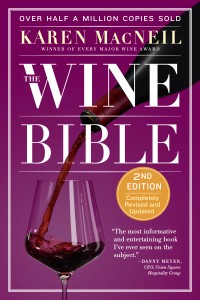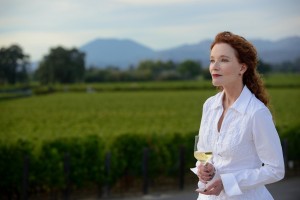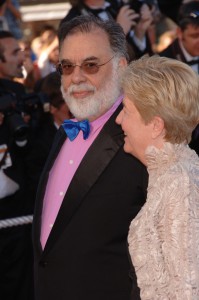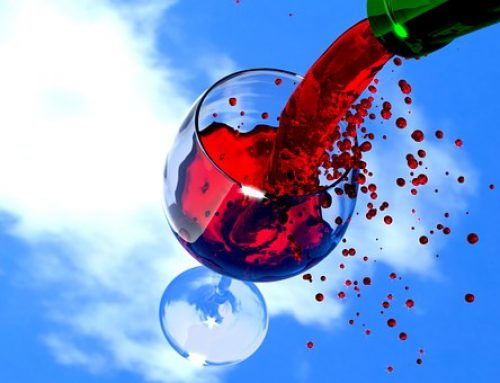 At 1,000 pages, this is one of the most comprehensive books on wine you’ll ever come across. It’s also a great read because author Karen MacNeil isn’t just a great reporter, she’s a writer who knows her craft.
At 1,000 pages, this is one of the most comprehensive books on wine you’ll ever come across. It’s also a great read because author Karen MacNeil isn’t just a great reporter, she’s a writer who knows her craft.
MacNeil’s line about chardonnay, for example, is: “It’s the Marilyn Monroe of white grapes to be sure.”
In this new edition (Workman publishing, $25), MacNeil tasted over 10,000 wines and explored emerging markets.
In this Q&A we get a good feel for MacNeil’s new edition:
Q: How has the wine world changed since your last edition?
 A: “The wine world has changed in many ways—especially in the New World, with the rise of China as both a consumer AND a producer (in fact, the fifth leading producer in the world right now). But exciting things are also happening in other parts of the New World–India, Mexico and Canada in particular. The new second edition of the Wine Bible addresses all these places. Over the last ten years, I have also done a lot of new research in Europe—on the wine culture, new developments in winemaking and viticulture, and the rise of “new” old regions like Slovenia and the Republic of Georgia. The new Wine Bible is packed with totally new material. I rewrote every chapter from Bordeaux to the Barossa Valley. It was like taking a house down to its frame, then building a whole new house with lots of new rooms.”
A: “The wine world has changed in many ways—especially in the New World, with the rise of China as both a consumer AND a producer (in fact, the fifth leading producer in the world right now). But exciting things are also happening in other parts of the New World–India, Mexico and Canada in particular. The new second edition of the Wine Bible addresses all these places. Over the last ten years, I have also done a lot of new research in Europe—on the wine culture, new developments in winemaking and viticulture, and the rise of “new” old regions like Slovenia and the Republic of Georgia. The new Wine Bible is packed with totally new material. I rewrote every chapter from Bordeaux to the Barossa Valley. It was like taking a house down to its frame, then building a whole new house with lots of new rooms.”
Q: You’ve sold more than a half million copies of the Wine Bible. Taking the pulse of American consumers across the board, how wine savvy are they?
A: “It seems to me that the culture of wine in America is at a thrilling high point right now. Sales of the Wine Bible are just one example of that. Plus, there are now hundreds of wine schools across the U.S. and thousands of sommeliers, wine buyers, and professionals enrolled in wine programs such as WSET. In the U.S., there are now nearly 8,000 wineries, many of which have been started within the last decade. When the original Wine Bible came out, none of this was true.”
Q: How does “knowing” more about wine enhance the “tasting” portion of the program?
A: ”There is considerable scientific research documenting the idea that the more you know about something, the more pleasure it gives you. This is true for everything from cars to carpets. And it’s especially vivid in the sensory world. In one study I looked at, subjects’ brains were scanned while they were sipping wine. The brains of those people who knew the most about wine literally “lit up” as they tasted–that is, the pleasure centers of their brains were highly activated when they drank wine, compared to the brains of people who knew less about wine. So there’s a fantastic built-in reward system; the more you know about wine, the bigger the pleasure you get from it.”
The first edition took MacNeil 10 years to write, and as she was working on it, she used a red wagon to cart the lofty pile of pages of her ever-growing manuscript from room to room in her house in Napa Valley.
I love this image, particularly because I have been savoring that lofty pile of pages for years. I use the word “savor” because I love the wordsmith in MacNeil, as well as the reporter. I have devoted myself to reading the entire book and rereading it. I use it every day as a reference and a constant reminder of how much there is to learn, and yes, savor, about the world of wine.
Julia Child had always hoped America at large would embrace food and wine, and she would be proud of MacNeil for moving us toward that tipping point.




